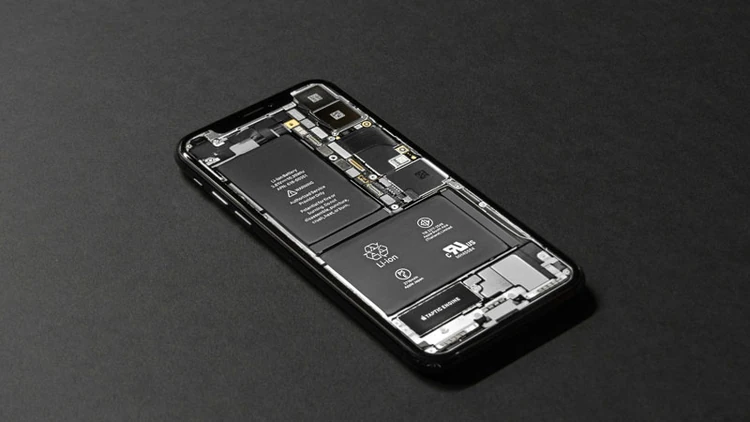These are the rechargeable batteries used in electric cars, cellphones, laptops, and more

Per- and poly-fluoroalkyl substances (PFAS), also known as forever chemicals, have gained a lot of attention recently. The chemicals have been found in fruits and vegetables, drinking water, and even food packaging, increasing consumers risk of serious health risks.
Now, a new study has found that lithium-ion batteries a key component of clean energy sources also contributes to PFAS pollution.
Weve discovered that an understudied type of PFAS or forever chemical called bis-FASIs (bis-perfluoroalkyl sulfonamides), such as those used in lithium-ion battery production, are an emerging issue not only for communities near manufacturing sites, but also anywhere batteries are thrown away, said research Lee Ferguson.
In North Carolina specifically, weve found these chemicals seeping from landfills into leachates, which highlights the need for more studies to assess the sources and spreading of these compounds here and across the country.
A look into the study
To understand how bis-FASIs are affecting consumers, the researchers tested samples of soil, sediment, snow, water, and air near manufacturing plants in Minnesota, France, Belgium, and Kentucky. The goal was to test the forever chemical levels that arose as a result of exposure from lithium-ion batteries.
Ultimately, the researchers learned that in areas close to the manufacturing sites, concentrations of bis-FASIs were in the parts per billion.
Additionally, the researchers learned that disposing of products with lithium-ion batteries can also contribute to increased levels of bis-FASIs. After analyzing landfill leachates in the southeastern part of the U.S., the concentrations of bis-FASIs were similar to the areas closest to the manufacturing sites.
This means that the production and the disposal of these batteries increases the concentrations of these dangerous chemicals.
While more work needs to be done on how these chemicals can affect humans, the researchers explained that sea creatures exposed to bis-FASIs are likely to experience disturbances to their metabolic processes. Furthermore, PFAS have been found to increase the risk of reproductive issues and certain kinds of cancer.
The effect on clean energy
As many consumers are making the switch to clean energy sources, lithium-ion batteries are used in everything from electric cars to cellphones and laptops. However, this study highlights a new conflict: lithium-ion batteries are a positive energy alternative, but they also pose environmental and potential health risks for consumers down the road.
According to the researchers, this doesnt need to be the case. Granular activated carbon and ion exchange is one such method that removes PFAS from drinking water, and testing has shown its also effective at removing bis-FASIs.
A side effect of the renewable energy transition may be an increase in PFAS pollution but only if decision makers let that happen, Dr. Lydia Jahl, senior scientist at the Green Science Policy Institute, told ConsumerAffairs.
There are PFAS-free alternatives in most clean energy applications today, with more on the way. Appropriate policy would encourage clean technologies free of PFAS and other harmful chemicals, only allowing minor usages where there are no alternatives available. Such essential uses should be reevaluated at a regular schedule to phase out PFAS as soon as possible.
Photo Credit: Consumer Affairs News Department Images
Posted: 2024-07-11 10:49:16




















